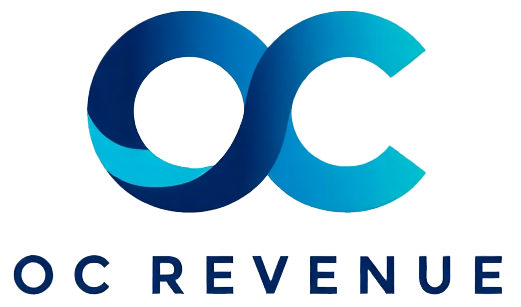Table of Contents
Recent Articles
5 Strategies for Seamless Revenue Operations Enablement
Executive Summary:
Seamless Revenue Operations (RevOps) enablement is critical to aligning marketing, sales, and customer success teams for sustained growth. This article presents five actionable strategies that equip executives with the tools and insights necessary to optimize revenue intelligence, drive forecasting accuracy, and enhance cross-department collaboration through proven consulting best practices.
Key Takeaways:
- Implementing data-driven forecasting and pipeline optimization is essential to predict revenue performance accurately and reduce risk.
- Aligning cross-departmental teams through seamless collaboration and journey mapping enhances customer experience and retention.
- Leveraging advanced sales technology tools and AI-driven automation improves efficiency and enables performance benchmarking.
- Strategic leadership in change management and stakeholder engagement drives successful revenue enablement transformations.
- Integrating compensation and incentive plans with pipeline health scoring and revenue attribution motivates sales teams and supports churn prevention.
5 Strategies for Seamless Revenue Operations Enablement
1. Harness Predictive Analytics and Pipeline Forecasting for Revenue Confidence

At the core of effective Revenue Operations lies the power of predictive analytics and accurate pipeline forecasting. Enterprises often struggle with fragmented data across marketing, sales, and customer success teams, which dilutes forecasting precision and increases risk in revenue predictions. Leveraging advanced analytics platforms enables organizations to integrate multi-touch attribution and revenue intelligence, providing a holistic view of the pipeline and precise forecasting insights.
Consulting partners can assist in the rollout of forecasting models that incorporate territory performance, lead quality, and sales velocity benchmarks. By deploying these models, businesses can shift from reactive to proactive revenue management. For example, they can identify pipeline gaps early and realign resources or territory assignments accordingly, improving conversion rates and overall revenue predictability.
Enterprises adopting this approach benefit from enhanced risk management by spotting forecast deviations promptly. Additionally, consulting expertise ensures the integration of sales automation tools that feed real-time data into these predictive systems, making the forecasting process agile and continually refined. This foundation of data accuracy and early detection is essential for C-suite leaders to make confident strategic decisions that directly impact growth trajectories and shareholder value.
2. Drive Cross-Department Collaboration Through Structured Revenue Enablement

A seamless revenue operation requires more than technology; it demands cultural and structural alignment across marketing operations, sales, and customer success teams. Cross-department collaboration supported by formal revenue enablement frameworks transforms how enterprises manage the customer lifecycle and journey mapping. Consulting services play a pivotal role in establishing integrated processes and clear marketing handoff protocols to eliminate operational silos.
Enterprises often encounter challenges such as misaligned compensation plans, disjointed communication around leads and account management, and inconsistent customer onboarding experiences. Revenue enablement strategy, when executed effectively, ensures that these challenges are addressed through shared KPIs, collaborative tools, and periodic stakeholder management sessions. Consulting partners bring proven methodologies to restructure team structures, enabling cohesive communication channels and coordinated workflows for streamlined revenue attribution.
Adopting this approach improves customer experience, optimizes lifecycle management, and supports churn prevention strategies by fostering accountability at every stage. When enterprises synchronize efforts across departments, the impact resonates in higher retention, improved customer upsell rates, and a comprehensive view of customer behavior that drives continuous improvement initiatives.
3. Optimize Sales Technology and Automation to Accelerate Performance

Integrating the right sales technology and automating repetitive tasks has become indispensable for modern revenue operations teams aimed at performance benchmarking and operational efficiency. Organizations face the challenge of tool sprawl, where multiple disjointed platforms complicate data aggregation and create friction in process adoption. Enterprise-grade consulting helps rationalize technology stacks and implement AI-driven sales automation solutions that deliver measurable ROI.
Recent innovations highlighted by industry news such as the introduction of AI-powered revenue operations agents (as reported by WJHL) demonstrate the tangible benefits of automating growth tasks—from lead scoring to pipeline nurturing. These tools enable teams to focus on high-value activities like strategic account management and customer success outreach.
Consulting firms bring expertise in orchestrating sales planning, incentives, and territory alignment within unified platforms that support real-time revenue intelligence and forecast updates. This creates an environment where performance data, compensation models, and pipeline health scoring drive motivation and accountability. Enterprises also leverage these solutions to facilitate seamless change management during technology migrations and process upgrades, ensuring minimal disruption and maximum adoption.
4. Align Compensation Plans with Revenue Goals and Performance Metrics
Compensation remains a critical lever to influence sales behaviors and revenue outcomes, yet many organizations struggle to properly align incentive structures with real-time performance and revenue operations metrics. Consulting professionals introduce best practices by integrating compensation plans with pipeline health scoring, revenue attribution models, and customer success milestones.
By embedding these elements into compensation frameworks, executives create transparent, data-driven incentives that reinforce the broader revenue strategy. This alignment helps reduce churn and promotes upsell behaviors by rewarding account management and customer retention efforts alongside new sales.
Enterprises benefit from consulting-led compensation optimizations that include market benchmarking, predictive performance modeling, and scenario analysis. These approaches enable rapid adjustments in response to market dynamics or operational shifts. Furthermore, linking compensation to objective data mitigates risk and fosters a culture of collaborative accountability across sales and customer success teams, supporting long-term revenue enablement.
5. Lead Revenue Operations Transformation with Strategic Change Management
Transforming revenue operations into a seamless, efficient engine for growth requires decisive leadership and structured change management. Resistance to new processes, technology adoption challenges, and stakeholder misalignment threaten to derail initiatives despite their potential value. Experienced consulting partners provide frameworks for risk management, stakeholder management, and comprehensive training programs that drive smooth transitions.
Successful transformations embed continuous feedback loops, journey mapping for all revenue stakeholders, and comprehensive communication plans that articulate the benefits of revenue operations enablement across the enterprise. Consulting expertise ensures training is tailored for technical teams, sales leaders, and customer success managers to maximize adoption and performance.
Incorporating best practices from recent innovations outlined in sources like SaaStr’s AI in GTM Efficiency playbooks underscores the importance of integrating human and technological elements within change management. Enterprises that invest in this balanced approach achieve sustainable revenue growth, improved forecasting accuracy, and enhanced customer lifetime value through unified and empowered revenue operations.
For Further Information
- trailBlazer6 Introduces AI-Powered Revenue Operations Agents to Help B2B Tech Companies Automate Growth – WJHL
- AI in GTM Efficiency: The Playbooks from Databricks, Monday.com and Benchling – SaaStr
- 2X Acquires Outbound Funnel to Expand Revenue Operations Capabilities – Demand Gen Report
- CaptivateIQ Merges Sales Planning, Incentives in New AI-Driven Platform – MarTech Cube
- Vironix and ExelaTech Announce Strategic Partnership to Streamline Medical Billing and Revenue Operations for Physicians – CBS 42
Related Stories on the Web
The article on 5 Strategies for Seamless Revenue Operations Enablement was hopefully useful in helping you understand more about the topic.

